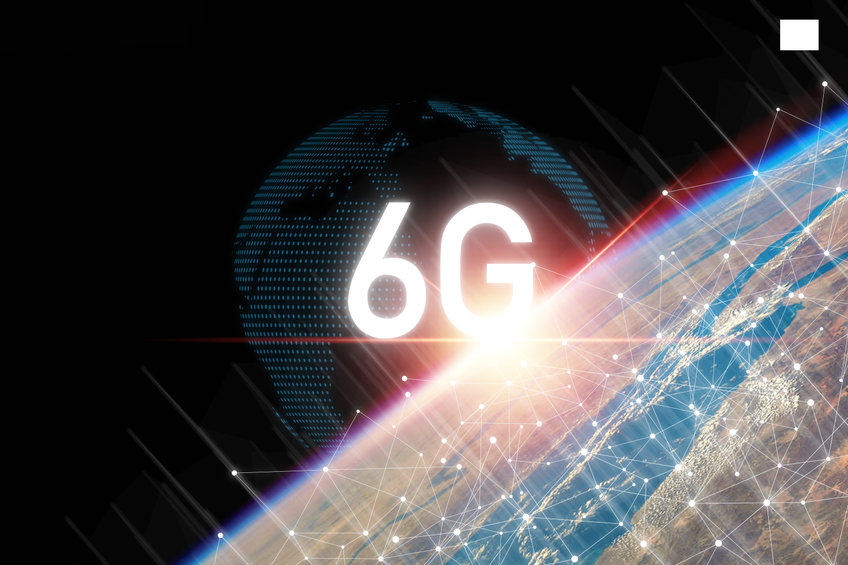Future 6G system will likely realize many of the use cases initially promised to happen in the 5G era, said Stéphane Téral, chief analyst at LightCounting
6G systems are expected to be commercially launched by 2030, while the first phase of standardization will likely start from 2025, leading to the first 6G specification in 3GPP Release 21 by 2028.
There is an initial vision that terahertz communication, joint communication and sensing (JCAS), artificial intelligence and machine learning, reconfigurable intelligent surfaces (RIS) and photonics/visible light communication (VLC) would be among those technologies that will provide revolutionary aspects in the 6G era.
Stéphane Téral, chief analyst at LightCounting, said during a presentation at the recent RCR Wireless News Test and Measurement Forum 2023, that future 6G system will likely realize many of the use cases initially promised to happen in the 5G era.
“So far, we haven’t seen any of the use cases that were presented ten years ago. So basically, 6G will be all the stuff we have been talking about and we have not delivered yet,” Teral said, adding that in the 6G era, more spectrum will be required and the industry will have to think about how to accommodate that spectrum.
Sandeep Sharma, VP and global head of portfolio 5G/RAN/ORAN at Tech Mahindra, noted that regarding the future development of 6G technologies, the overall industry needs to unanimously decide what it would expect from 6G.
Regarding the future spectrum requirements in the 6G era, Sharma noted that centimeter wave (cmWave) spectrum will play a key role. According to experts, the cmWave spectrum is a very attractive frequency range for future systems, as the frequency range 7-15 GHz holds the promise of combining good coverage, especially at the lower edge, with reasonably large bandwidths.
Sharma also noted that networks will become more cloud-based and virtualized as we move towards future 6G systems, despite operators will still need time to adapt to this scenario. “Regarding the benefit of going towards virtualization, it will take time for operators to adjust and adapt to it. But slowly, we see a transition happening and I think, as we move further in 5G and ultimately evolving to 6G, more and more cloudification and openness will be brought to the networks.”
Both Teral and Sharma agreed about the need of a unified standard for future 6G systems to enable economies of scale and lower costs for end-users.
“If you don’t have [a unified standard] you’re not going to have economies of scale. From a consumer standpoint, they will pay more for service and the handset will cost more because the handset manufacturers are going to have to accommodate the different demands, needs and requests coming from all these multiple standards. So this is not where the world should be going by any stretch,” Teral said.
“In order to have economies of scale, right use of the spectrum, I think having a unified global harmonized standard will be required for 6G, rather than having regional views,” said Sharma.
